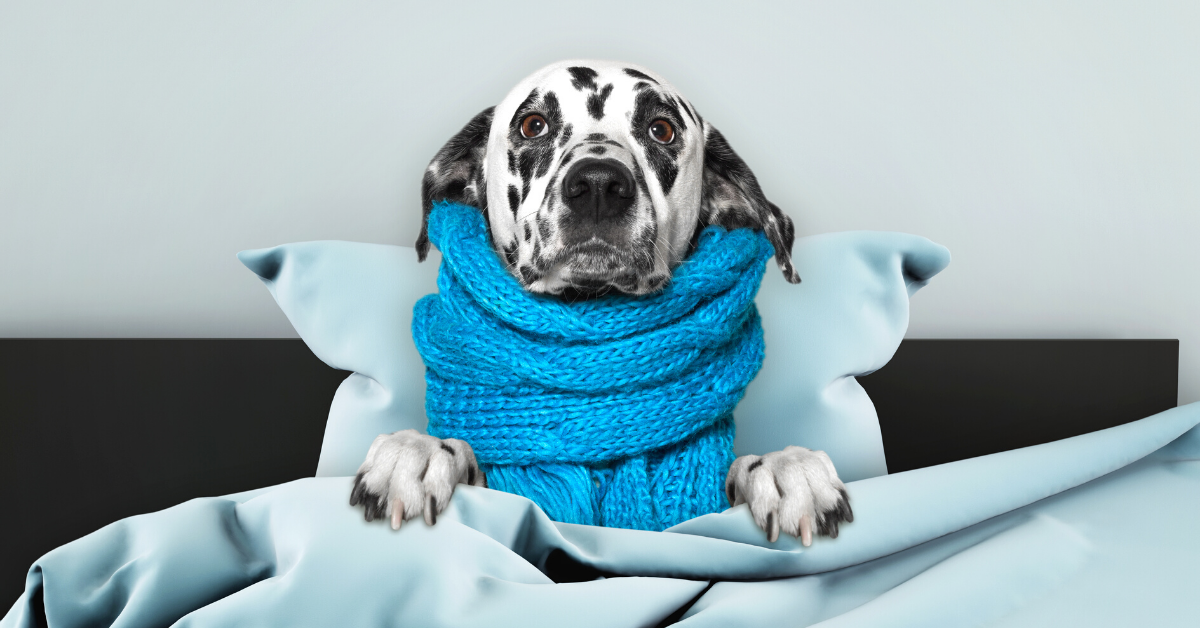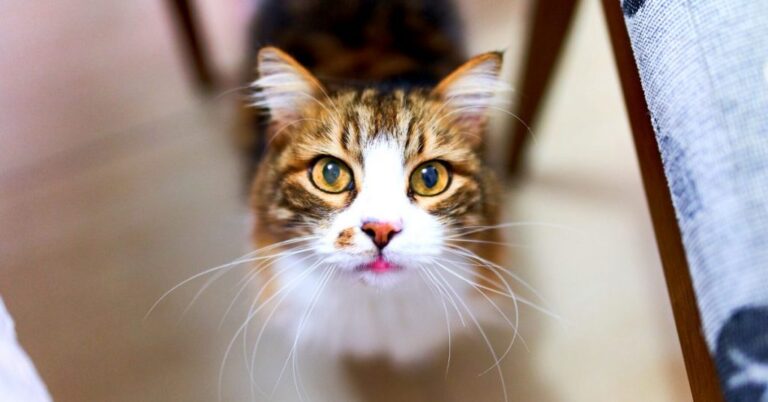How to Stop Diarrhea in Dogs
An episode of diarrhea is one of the few things that will rapidly send an animal to the doctor. It is something that most small animal veterinarians see on a regular basis.
Dog diarrhea can be treated quickly in some circumstances. This is unfortunately not always the case.
Acute diarrhea or chronic diarrhea can be distressing for both the pet parent and the veterinarian since they are costly and difficult to explain.
The causes, diagnoses, and therapies for canine diarrhea will be broken down in this blog post.
What Causes Diarrhea in Dogs?
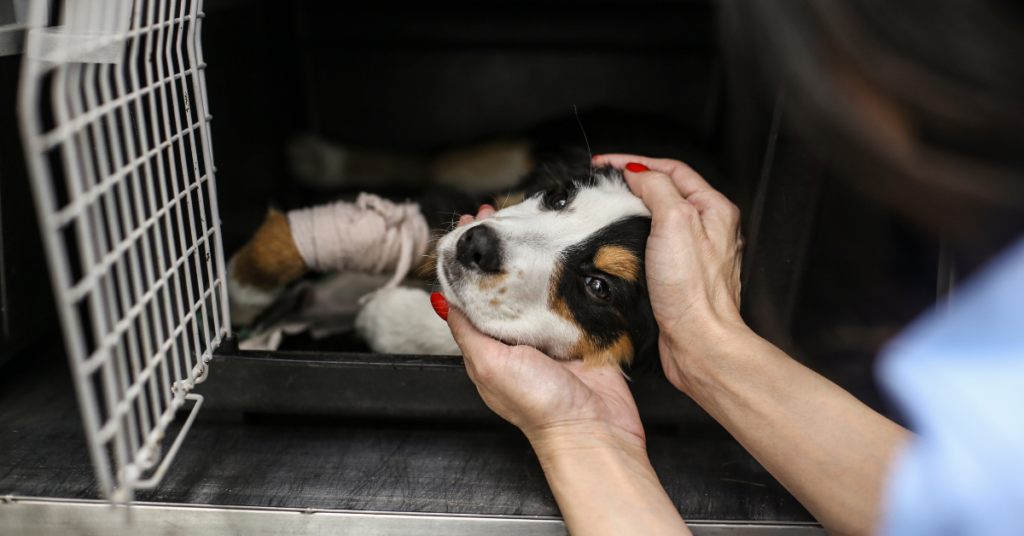
Diarrhea is caused by a dysfunction of the gastrointestinal system in a wide sense. The list of possible reasons for diarrhea is long. Here are some examples:
- Eating too much, eating junk, or eating damaged food are all examples of dietary indiscretion. In the veterinary community, it’s known as “trash toxicosis” or “junk gut.”
- Change in diet: A dog’s digestive system may take a few days to adjust to new proteins. That’s why many dog food producers advise switching from one type of food to another gradually.
- Intolerance to foods.
- Allergies.
- Parasite like Roundworms, Hookworms, Whipworms, Coccidia, and Giardia.
- Infections caused by common viruses like the parvovirus, Distemper, Coronavirus.
- Bacterial infections.
- Diseases of the kidneys and liver, colitis, inflammatory bowel disease, and cancer.
- Stress
What is Your Dog Stool Telling You?
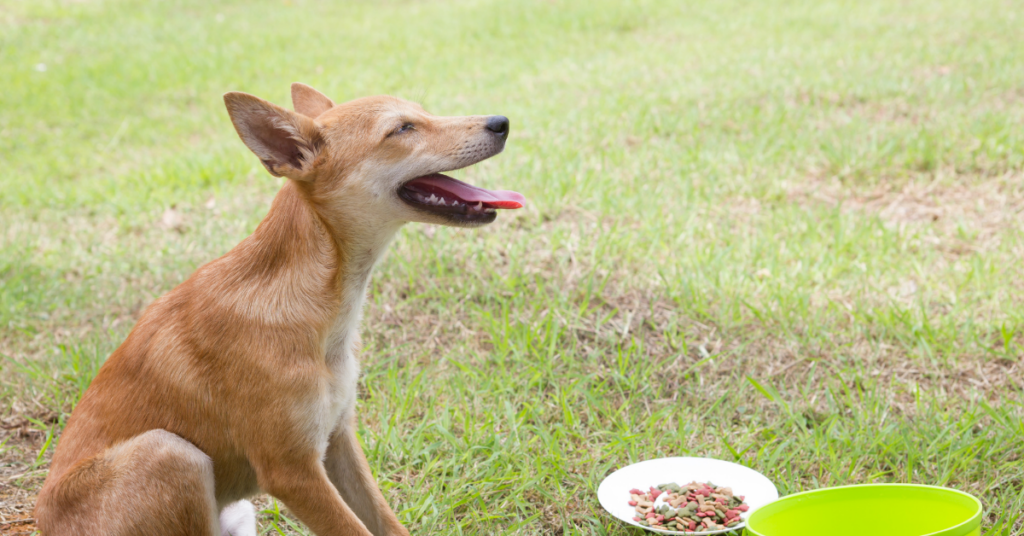
What your pet eats has the largest influence on the color of their bowel movement. Simply put, lighter-colored meals produce lighter-colored feces. When speaking with your veterinarian, there are a few color cues to keep in mind.
The most common cause of yellow diarrhea is when a pet parent introduces a bland diet, such as chicken and rice.
The white chicken and rice combine with yellow bile in the gastrointestinal system, resulting in yellow feces.
Hematochezia, or bloody diarrhea, is caused by large bowel diarrhea or colitis. When small blood vessels in the lower GI tract burst open and flow into the feces, this happens.
A tiny quantity of blood in the feces is not cause for alarm, but if the stool is mostly blood, your pet should be sent to the veterinarian as soon as possible.
When blood is absorbed before being passed, it causes black diarrhea, also known as melena. This feces has a black or greenish appearance and resembles newborn infant excrement.
Melena can appear in the presence of bleeding ulcers or foreign substances.
When your dog has diarrhea, color, shape, and consistency can all assist you and your vet find out what’s wrong. These characteristics will aid your veterinarian in determining the source of the problem in your dog’s digestive tract.
How to Stop Diarrhea at Home?
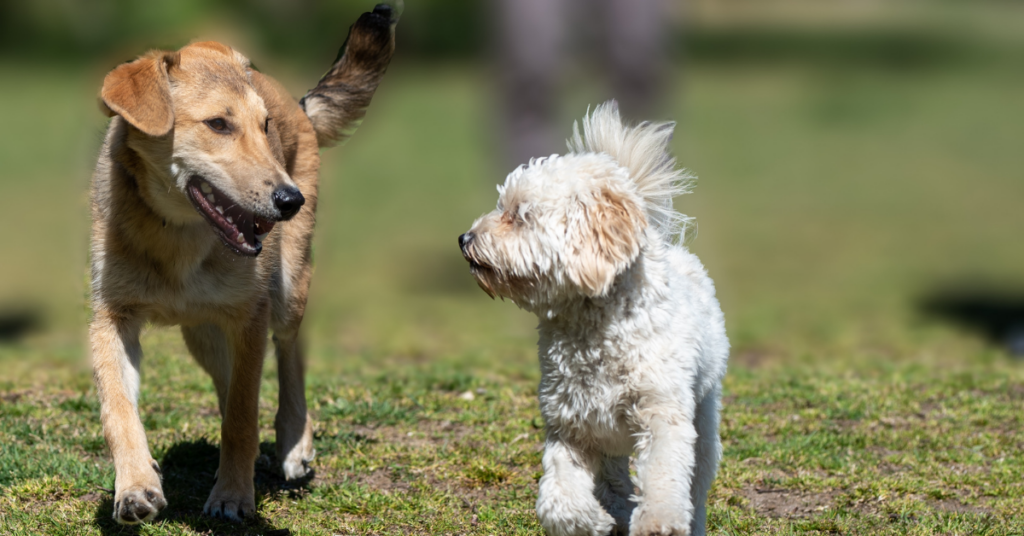
Many instances are minor and may be handled at home with the guidance of your veterinarian. They could react to a simple treatment plan, such as: Diarrhea Treatments for Dogs Available Over-the-Counter.
You can also try fasting, where food should be withheld for 12 to 24 hours, and tiny amounts of water should be given often to remove the source of the upset and enable the gastrointestinal system to settle.
It’s generally the first line of defense when it comes to diarrhea. Before you decide to go on a fast, be sure your dog is in good health.
Puppies and senior dogs, for example, require nutrition. A fast may also be inadvisable for little dogs that lack the physical reserves of their bigger counterparts.
Dehydration can result from diarrhea, so make sure your dog has access to water at all times. Under the supervision of a veterinarian, you can also provide unflavored Pedialyte to assist maintain electrolyte balance.
When your dog has diarrhea at home, the best thing you can do is serve them a bland diet.
Consider combining lean protein (lean chicken, beef, ground chuck, white fish, or boiled eggs) with simple carbs (white or brown rice, white or sweet potatoes).
Small, regular meals will assist the GI tract repair while not overwhelming it.
Methods that work for one dog may not work for another, so you may need to conduct some trial and error to discover the correct formula.
It’s also a good idea to jot down what works and what doesn’t so you know what to do the next time you’re faced with a messe.
Once you’ve found a recovery diet that works for your dog and doesn’t create a relapse, gradually increase the portions over a few days, then gradually reintroduce tiny amounts of your dog’s regular food until everything is back to normal.
Testing & Treatment for Diarrhea in Dogs
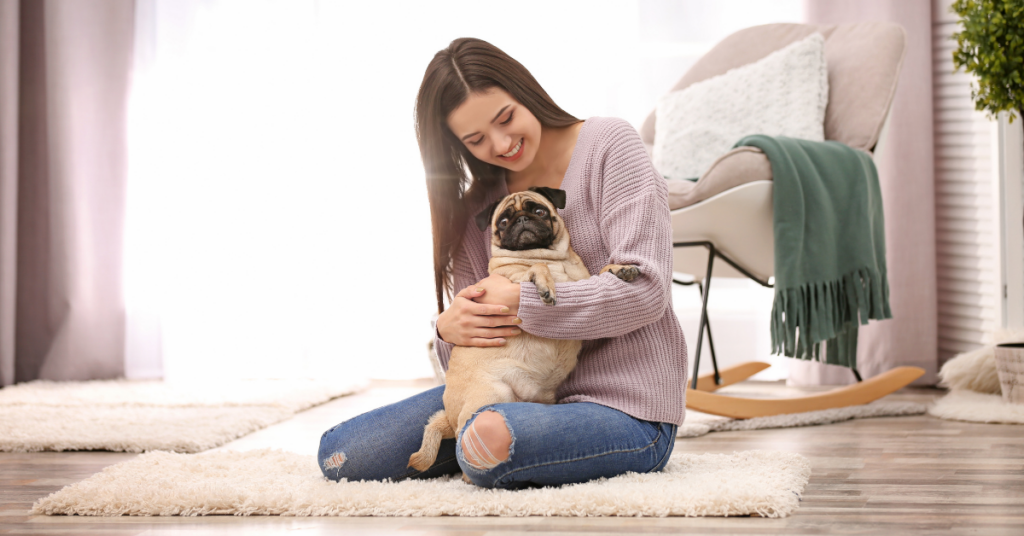
When you see the veterinarian, they may suggest one or more tests to assist them narrow down the long list of probable diagnoses:
- Intestinal parasites are detected by fecal flotation.
- The Giardia parasite is detected with Giardia assays.
- Gram stains are used to detect specific bacteria and/or bacterial overgrowth.
- Parvovirus is detected by parvovirus testing.
- Protein loss, metabolic illness, inflammation, anemia, and other issues are all investigated using chemistry and CBC bloodwork.
- Pancreatic lipase, which can be high in dogs with pancreatitis, is detected using CPL testing.
- Imaging (radiographs or ultrasound) is used to check for signs of blockage, malignancy, gallbladder disease, inflammatory bowel disease, and other conditions.
When an owner provides a complete history, a doctor may be able to reduce down the number of tests they wish to do, saving time and money when making a diagnosis.
Your veterinarian’s therapy will be determined by their diagnosis or probable diagnosis.
Antibiotics like Metronidazole and Tylosin have anti-inflammatory effects in the gastrointestinal system. Additional antibiotics, such as amoxicillin, may be administered if bacterial overgrowth is detected.
Probiotics and fiber can help you get rid of your diarrhea. The beneficial bacteria in the gastrointestinal tract eat fiber and create short-chain fatty acids, which aid in gut healing.
A chemotherapeutic treatment may be recommended in the case of cancer-related diarrhea.
Antacids and stomach protectants can aid with stomach and upper GI discomfort, and anti-nausea medications are frequently used if vomiting or inappetence is a problem.
Deworming and/or anti-inflammatories like prednisone are other choices.
A bland prescription diet, a high-calorie diet, or a hypoallergenic diet may also be part of the therapy.
When to See a Veterinarian
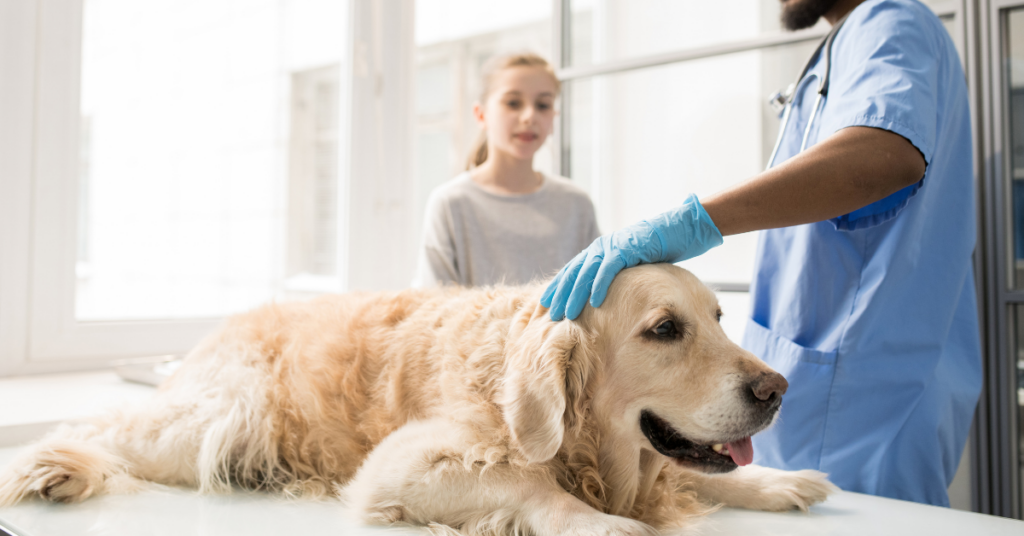
The best time to call your vet is determined by your dog’s typical behavior. Unfortunately, some dogs are more prone to digestive problems than others, so you must be alert of anything out of the norm on a case-by-case basis.
Other indications that an appointment should be made right away are:
- weakness, lethargy, fever, vomiting, dry, sticky, or pale gums
- Diarrhea that persists after previously successful home treatments
- If the diarrhea persists after 48 hours on a bland diet, you should consult your veterinarian.
Conditions, such as advanced age, diabetes, Cushing’s, cancer, or any medical issue.

